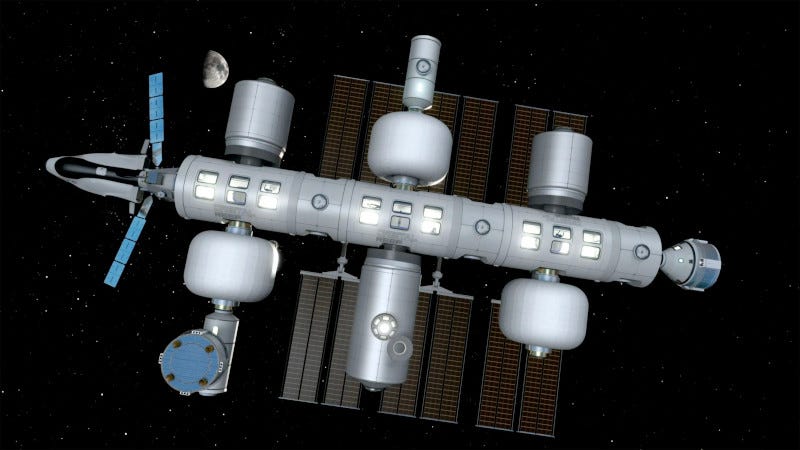Powering the Final Frontier: Innovative Energy Solutions for Space Exploration and Habitats
Powering Space—The New Frontier
As humanity expands its presence beyond Earth, one of the most critical challenges we face is providing reliable and sustainable power to our spacecraft, habitats, and industrial operations in space. Energy is the lifeblood of all modern technology, and this is no different when it comes to space exploration. Without a stable energy supply, even the most sophisticated systems and advanced machinery simply don’t work. There’s a reason for the expression “it works better with power”. And power is necessary for everything, from life support in lunar and Martian bases to propulsion systems on spacecraft and the continuous operation of satellites and asteroid mining facilities.
It’s no secret that in space, generating and storing power poses unique challenges that are far more complex than what we face on Earth. Solar power, which has been a mainstay for satellites and near-Earth operations, becomes significantly less effective as missions travel farther from the Sun. Meanwhile, nuclear power, which offers a more reliable and compact energy source, brings its own set of technical and safety challenges in the vacuum of space.
So, what are the various technologies currently in use and under development to power human activity in space? Whether it is fueling the next generation of spacecraft or sustaining colonies on distant planets, finding the right mix of energy solutions will be essential for humanity’s future in space.
Solar Power: A Stalwart with Limitations
For decades, solar power has been the go-to energy source for space missions, particularly for satellites and near-Earth operations like the International Space Station (ISS). Solar panels provide power by converting sunlight into electricity, providing a clean and renewable energy source that, in Earth's orbit, can power everything from communications satellites to research equipment. In space, where there is no atmospheric interference, solar panels receive more direct sunlight, making them even more efficient power generators than they are on Earth.
Keep reading with a 7-day free trial
Subscribe to The Journal of Space Commerce to keep reading this post and get 7 days of free access to the full post archives.



